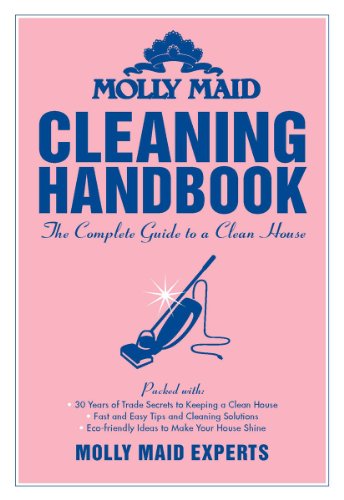
Creative activities such as painting, sculpting, drawing and photography are relaxing and rewarding hobbies. They help lower stress levels and leave us feeling mentally clear and calm. The mental health benefits are clear, but exposure to toxic chemicals found in some art supplies can result in headaches, nausea, breathing issues and other health implications.
Cleaning up our art supplies requires research and time. To help you get started, here are some important points to keep in mind:
- Learn about the hazards of the materials you are using
- Look for warning signs on product labels
- Be aware of possible side effects and adverse reactions caused by certain chemicals
- Remember to store supplies in a safe, dry place
- And most importantly, ensure your creative space is well ventilated.
RECONSIDER BUYING THESE PRODUCTS:
- Rubber cement: contains hexane or heptane, which are potent neurotoxins
- Solvent-based and alcohol-based markers (permanent/waterproof ones): contain xylene, which is a neuro, kidney, reproductive, and respiratory toxin
- Tempera paints: may contain formaldehyde, phenol, PVC and highly toxic trachloroethane
- Paint thinners: any kind should be avoided
- Instant papier maches: can contain asbestos fibers or lead
- Oil-based pastels: may contain lead chromate and toxic pigments
- Powders and dusts: when particles of dust and powders become air-borne they can be inhaled and cause respiratory problems
- Strong smell: a general rule of thumb is to avoid any materials with a strong smell, as this indicates a solvent is likely present
TRY THESE PRODUCTS INSTEAD:
- Water-based materials
- Paints coloured with plant and mineral pigments
- And, if stocking up on crayons, chose ones free of paraffin – and pencil crayons free of lead
Creating a toxic-free and healthy environment is key to a long and fulfilling artistic life.

